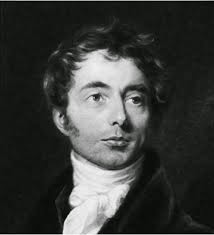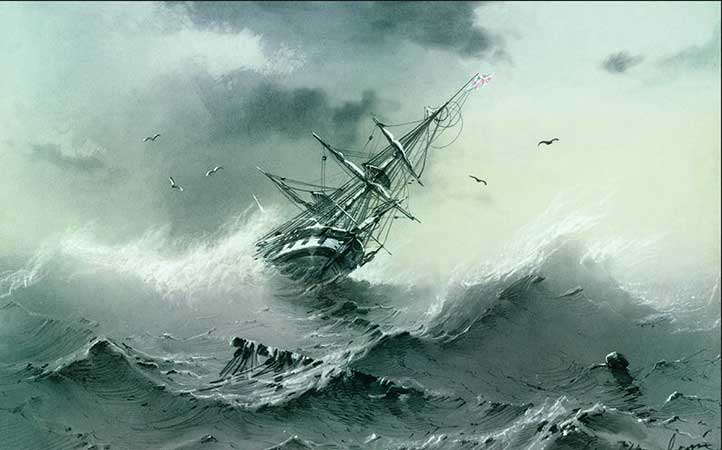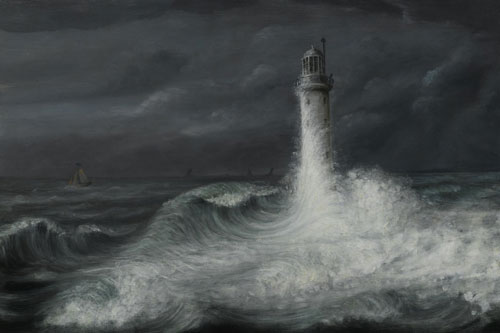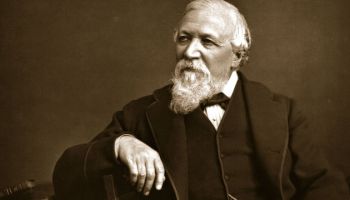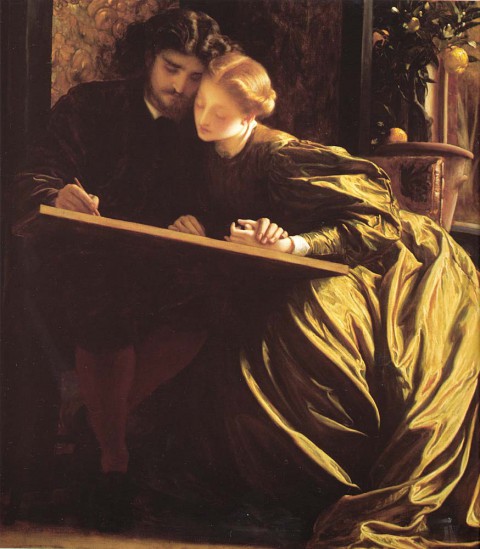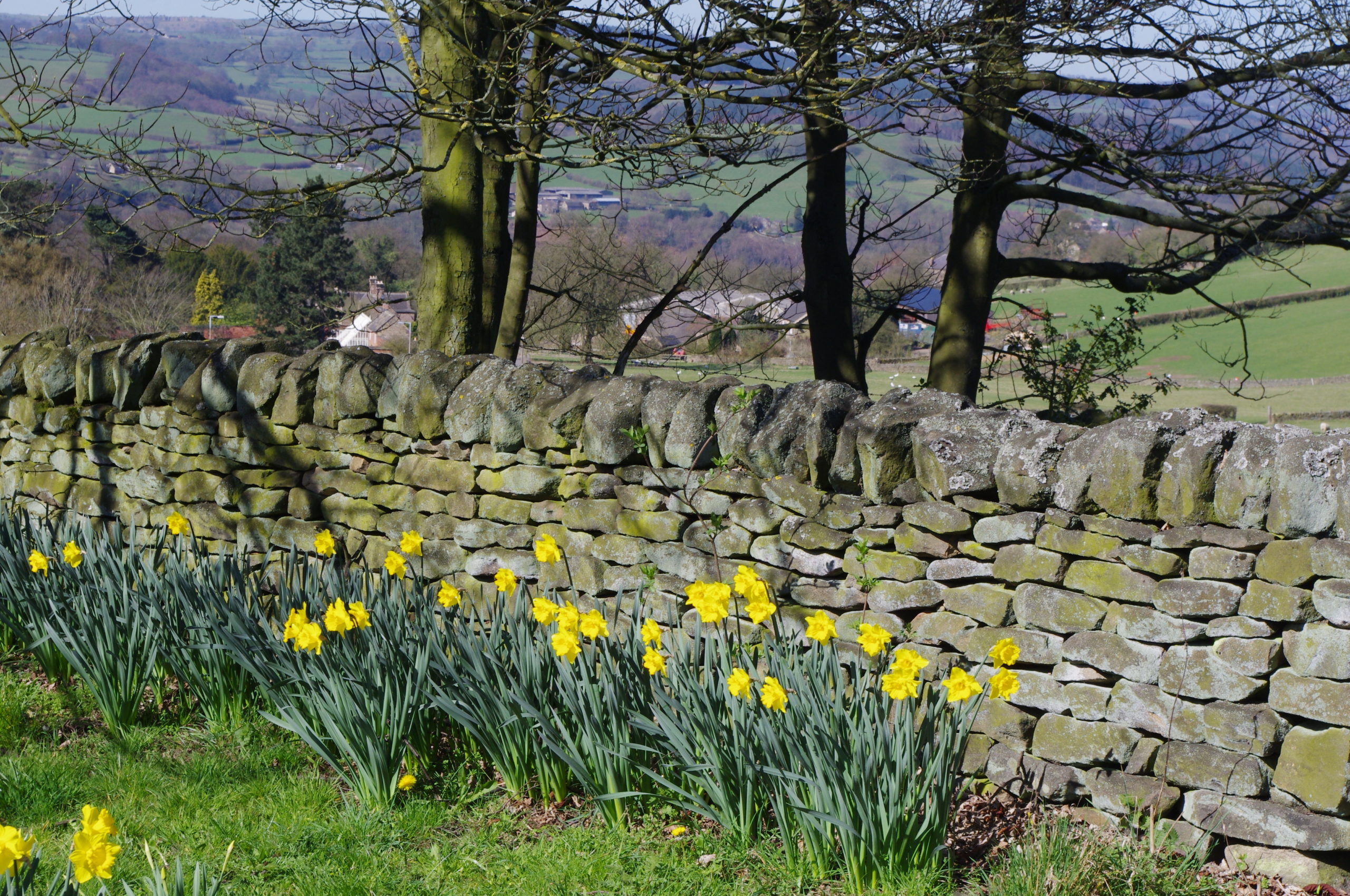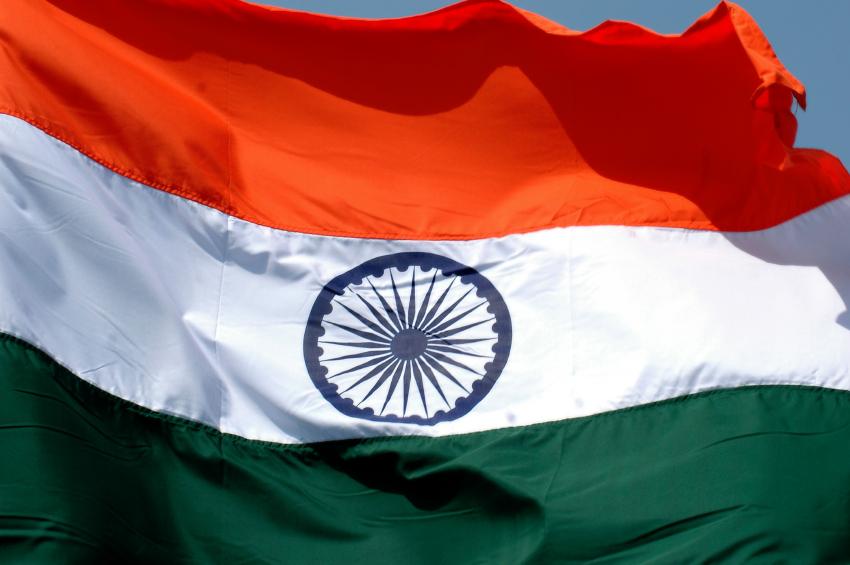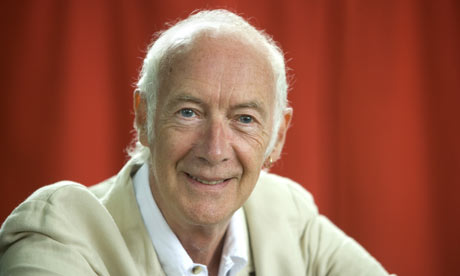Where the Mind is Without Fear: About the Poet
Rabindranath Tagore reshaped Bengali music and Indian art during the 19th and early 20th centuries. He became the first non-European to win the Nobel Prize in Literature in 1913, and he won it for his collection of verses and songs known as Gitanjali or The Song Offerings. Tagore introduced new poetry and verse forms and popularised the use of colloquial language in Bengali literature. As a result of this, Bengali literature was now freed from traditional models based on classical Sanskrit. Tagore was also instrumental in introducing the best Indian culture to the West, and vice is generally regarded as the most outstanding creative artist of the modern Indian subcontinent.
A Pirali Brahmin from Kolkata, his family had emigrated here from its ancestral gentry roots in Jessore. Tagore started writing poetry at the age of 8. At 16, he released his first substantial poems under the pseudonym Bhānusiṃha (meaning “SwerewereLion”), which literary authorities seized as long-lost classics. He started writing his first short stories and dramas and signing them with his birth name by 1877. As a humanist and a strident nationalist, he denounced the Raj and advocated independence from Britain. As an exponent of the Bengal Renaissance, he produced a vast oeuvre comprising paintings, sketches, doodles, hundreds of texts, and some two thousand songs. His legacy also endures in the institution he founded, Visva-Bharati University.
His novels, stories, songs, and dance dramas, and s deal with both political and personal themes. Gitanjali (meaning “Song Offerings”), Gora (meaning “Fair-Faced”), and Ghare-Baire (meaning “The Home and the World“) are his best-known works. His works are held in high regard for their lyricism, colloquialism, naturalism, and unnatural contemplation. Two nations chose his compositions as national anthems: India’s Jana Gana Mana and Bangladesh’s Amar Shonar Bangla are both composed by him. The original song of Sri Lanka’s National Anthem was also written and tuned by Tagore.
In 1915, the British Crown granted Tagore a knighthood, but he renounced in protest against the 1919 Jallianwala Bagh massacre. At 60, Tagore took up drawing and painting. Successful exhibitions of his many works—which t appearance in Paris—were held throughout Europe. He was likely color-blind to red and green, resulting in works that exhibited strange color schemes and off-beat aesthetics. His artist’s eye for handwriting was revealed in the simple artistic leitmotifs embellishing the scribbles, cross-outs, and word layouts of his manuscripts.
Where the Mind is Without Fear: About the Poem
The Mind is Without Fear is the English translation of a poem by Rabindranath Tagore. Its original Bengali title was Chitto Jetta bhoyshunyo.
The Bengali poem was published in 1910 as part of Tagore’s collection of poetry entitled Gitanjali. The English translation was composed by Tagore himself around 1911 when he was translating some of his work into English after a request from William Rothenstein. It appeared as poem 35 in the English Gitanjali, published by the Indian Society of London in 1912. In 1917, Tagore read out the English version (then called “Indian Prayer”) at Calcutta’s Indian National Congress session.
The poem often appears in textbooks. Chitto Jetha Bhoyshunyo is also popular among liberals in Bangladesh.
President Barack Obama used the first two lines of the English version in his 2010 speech to the joint session of the Indian Parliament in New Delhi.
Where the Mind is Without Fear: Setting
Where the Mind is Without Fear is set in the India of the poet’s dreams. This India that he hopes will be created after its independence from British rule. However, the converse of everything that the poet envisions is occurring in India in reality.
Where the Mind is Without Fear: Line-by-Line Summary
The poem consists of 11 lines in total. These lines are not divided into stanzas. They are divided into meaningful purposes of the story to make the poem easier to follow and understand.
Lines 1 – 4:
“Where the mind is without Fear and the head is held high
Where knowledge is free
Where the world has not been broken up into fragments
By narrow domestic walls.”
In these lines, the poet starts to imagine what he would like his country to be like. He says that no countryman of his should live with Fear on his mind at all times. Instead, they should hold their heads up fearlessly and have confidence in themselves. Knowledge should be available to all citizens. That is, educational institutes should admit students of all races and classes. All the various regions of India and their peoples should be united instead of fighting amongst themselves for supremacy. They should fight together against a common enemy to deter the common fate.
Lines 5 – 8:
“Where words come out from the depth of truth
Where tireless striving stretches its arms towards perfection
Where the clear stream of reason has not lost its way
Into the dreary desert sand of dead habit.”
In these lines, the poet says that everyone should speak the truth in India of his dreams. No person should lie to his advantage tried to make an effort to improve himself and keep trying till he reaches a stage of self-perfection. Next, he imagines the reason to be an unsullied stream of water through which one can quickly and easily without encountering too many obstacles. On the other hand, he imagines the habit of being a desert. The stream of reason seems to him to be lost in the sands of habit. This means that he is saying that the people of his country blindly believe in their superstitions at present, and he would like them to question these beliefs through the application of logic.
Lines 9 – 11:
“Where the mind is led forward by thee
Into ever-widening thought and action
Into that heaven of freedom, Father, let my country awake.”
In these lines, the poet speaks directly to God. He wants fellow citizens to be led by Him so that they broaden the horizon of both their thoughts and their actions. If they were to do so, India would be transformed into heaven – heaven where all its citizens are truly free.
This concludes Where The Mind Is Without Fear, the line-by-line summary.
This post was edited and updated on 8th April 2023, by Anjali Roongta.
Some online learning platforms provide certifications, while others are designed to simply grow your skills in your personal and professional life. Including Masterclass and Coursera, here are our recommendations for the best online learning platforms you can sign up for today.
The 7 Best Online Learning Platforms of 2022
- Best Overall: Coursera
- Best for Niche Topics: Udemy
- Best for Creative Fields: Skillshare
- Best for Celebrity Lessons: MasterClass
- Best for STEM: EdX
- Best for Career Building: Udacity
- Best for Data Learning: Pluralsight
